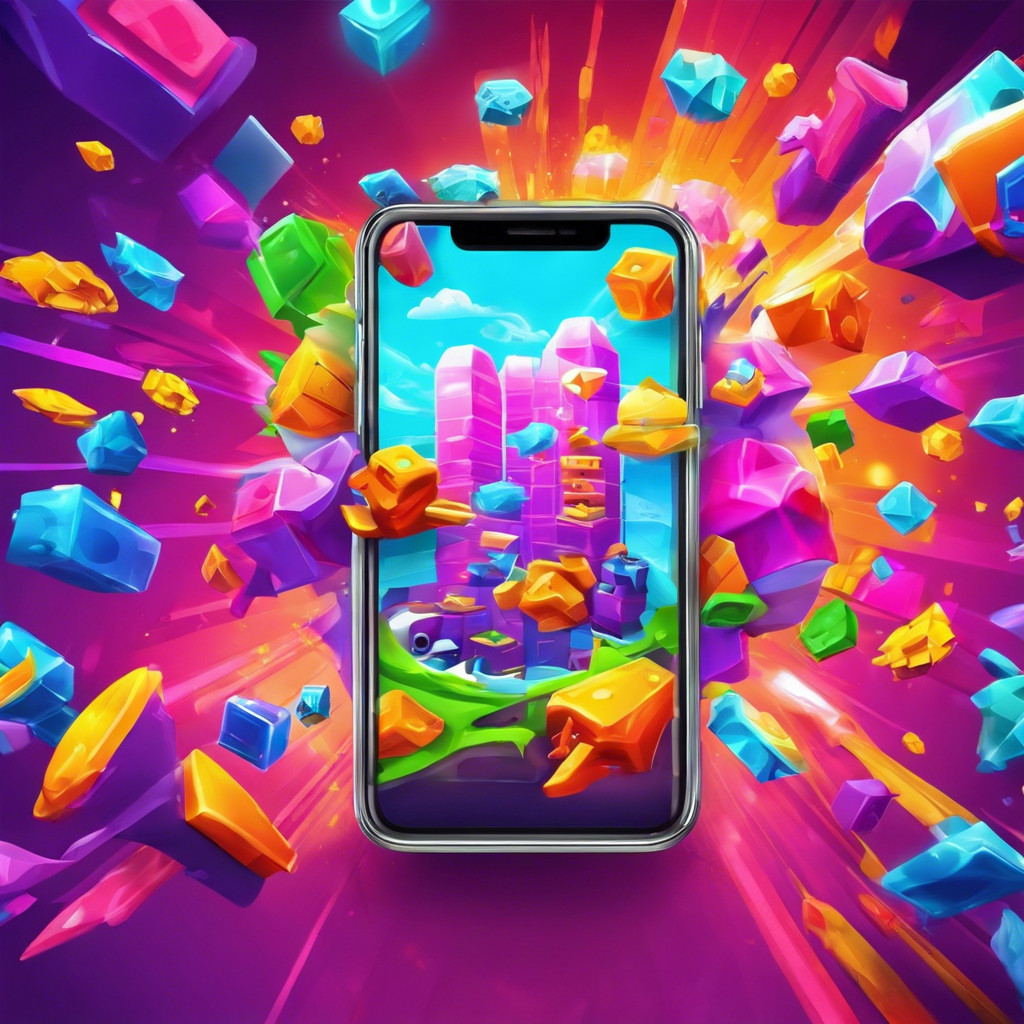Game On: Mastering Mobile Game Ads for Maximum Impact
Mobile games are everywhere, and with millions of users globally, they represent a golden opportunity for marketers. But how do you capture and keep the attention of gamers who have seen it all? Let’s dive into the world of mobile game ads and uncover the strategies that lead to success.

Why Are Mobile Game Ads Different?
Imagine reaching a diverse audience that spans all ages, genders, and regions. That’s the power of mobile game ads. They’re not just about promoting a game; they’re about leveraging the massive engagement mobile games have to offer. Here’s why they are different:
Massive Reach: With billions of downloads annually, mobile games offer an unparalleled reach.
High Engagement: Gamers are highly engaged, spending significant amounts of time on their favorite titles.
Targeted Advertising: Sophisticated targeting options allow you to reach the right audience with precision.
The Pitfall of Fake Ads

Ever clicked on an ad expecting one thing but getting something entirely different? Frustrating, isn’t it? This is the danger of fake ads – they promise one experience and deliver another. Not only does this erode trust, but it also harms your brand's reputation. Here’s why you should avoid them:
Eroding Trust: Gamers quickly become skeptical of misleading ads, which can lead to lower engagement.
Poor Retention: Users attracted by fake ads are more likely to uninstall the game when they discover the reality doesn’t match the promise.
Negative Reviews: Misleading ads often result in a flood of negative reviews, impacting your game’s ranking and credibility.
Types of Mobile Game Ads: Finding the Right Fit
When it comes to mobile game ads, one size does not fit all. Let’s break down the primary types of ads you can use:
Image Ads: Simple and quick to create, image ads are static visuals that appear within the game. They’re great for conveying a clear message swiftly but often lack the engagement factor of other formats.
Video Ads: These are more immersive, showing gameplay or features in action. Video ads can captivate users but must be concise to maintain interest.
Playable Ads: Arguably the most engaging type, playable ads allow users to try a snippet of the game. This hands-on experience can lead to higher conversions since players know exactly what they’re getting.
Understanding Creative Fatigue
Ever noticed how an ad that initially caught your attention starts to blend into the background over time? That’s creative fatigue. It happens when your audience has seen your ads too often, leading to diminishing returns. Here’s how to combat it:
Rotate Creatives: Regularly update your ad creatives to keep them fresh.
Diversify Formats: Use a mix of image, video, and playable ads to maintain interest.
Monitor Performance: Keep an eye on engagement metrics to identify when an ad’s effectiveness is waning.
How Many Creatives to Test and When
Testing is crucial to find what resonates with your audience. But how many creatives should you test, and how frequently? Here’s a guideline:
Initial Testing: Start with at least 3-5 different creatives to gauge what works best.
Ongoing Optimization: Continually introduce new creatives every 2-4 weeks based on performance data.
A/B Testing: Regularly conduct A/B tests to fine-tune elements like headlines, visuals, and calls to action.
Mobile game ads offer a dynamic and rewarding avenue for marketers. By understanding the importance of authentic ads, choosing the right ad types, combating creative fatigue, and maintaining a robust testing strategy, you can significantly boost your marketing game.
Ready to level up your mobile game ad strategy? It’s time to take these insights and turn them into action.
Happy advertising!



